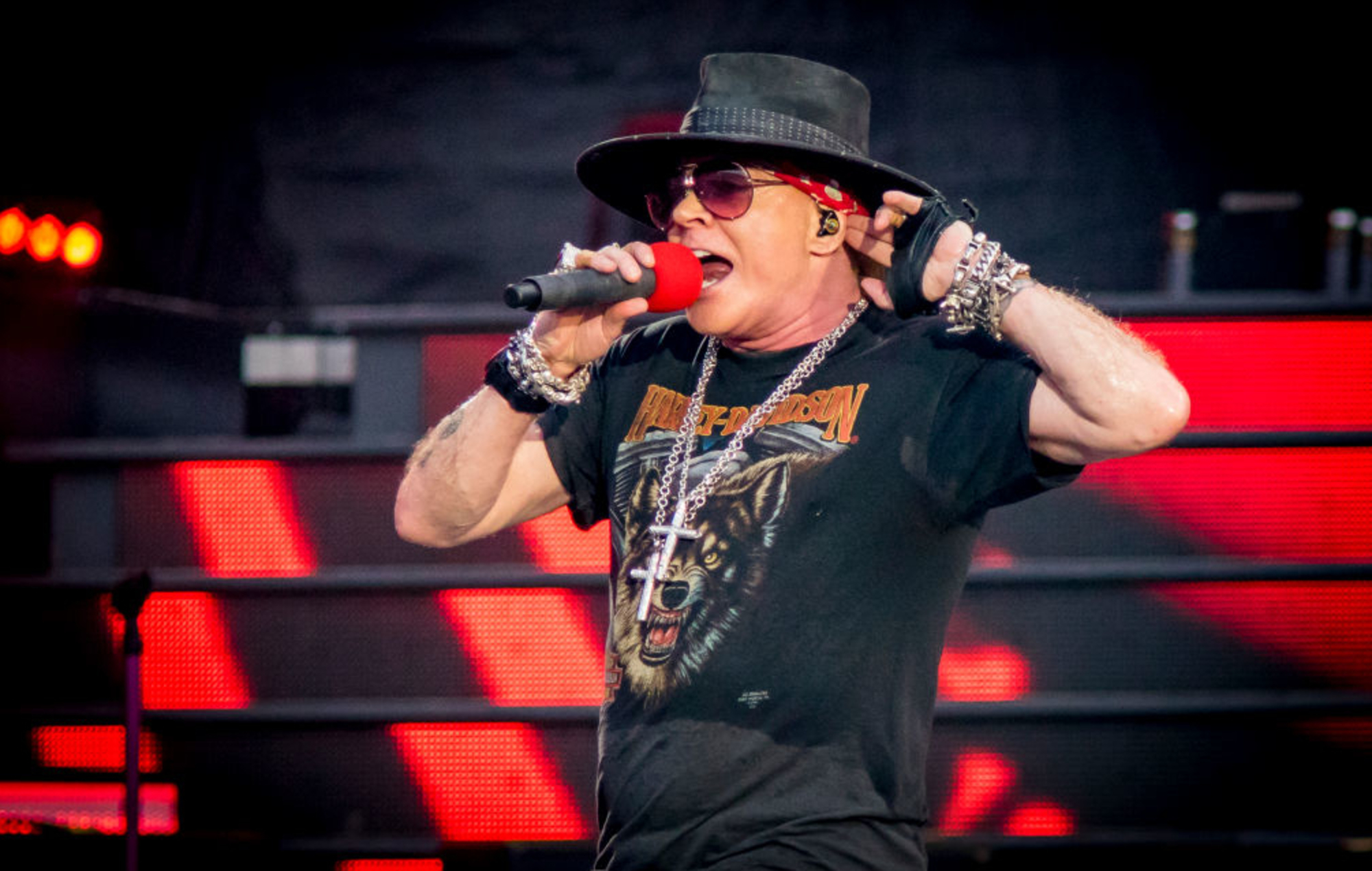
The more than 3.5 million Arab Americans living in the United States demonstrate that America’s diversity is among its greatest assets.
President Biden recently noted that Arab Americans have fought in U.S. wars dating to America’s war for independence, and their innovation and entrepreneurship helped build the United States.
Arab Americans “helped write the American story and move our nation ever forward, embodying the truth that diversity has been and always will be our country’s greatest strength,” Biden said.
People from every Arab nation are represented among U.S. Arabs, but the majority claim heritage from Egypt, Iraq, Lebanon, the Palestinian territories and Syria, according to the Arab American Institute.
ShareAmerica highlights five Arab Americans whose contributions to science, technology, engineering and math (STEM) have improved the lives of people around the world.

Huda Akil, a neuroscientist born in Damascus, Syria, advances understanding of how the neurobiology of emotions, such as pain, anxiety and depression, affect health and vulnerability to substance abuse.
Early identification of a patient’s vulnerabilities — linked to genetics, trauma or other causes — can help doctors prevent illness, while an improved understanding of the genetics of temperament can inform treatment, Akil says.
“With the right help and intervention,” people who are vulnerable to psychiatric disorders can become resilient, she added.
A psychiatry professor at the University of Michigan medical school, Akil conducts research that spans fields, including genetics, molecular biology and brain imaging. In 2023, she received the National Medal of Science, America’s highest science honor.

Dr. Michael DeBakey (1908–2008), born to Syrian immigrants in Louisiana, revolutionized heart surgery. He was the first cardiovascular surgeon to successfully implant a ventricular-assist device to help the heart pump blood. In 1953, he performed the first successful procedure to remove plaque from a carotid artery. The surgery, known as a carotid endarterectomy, was a major advance in stroke prevention.
“In medicine, and certainly in surgery, you have to be as perfect as possible,” DeBakey once said of his exacting approach. “There’s no room for mistakes.”

As lead geologist for the Apollo space program from 1967 to 1972, Egyptian-born Farouk El-Baz conducted analyses that helped NASA determine where to land astronauts on the moon.
Since then, as director of Boston University’s Center for Remote Sensing, he has used satellite images to discover groundwater resources in arid lands, such as Egypt, Oman, Somalia, Sudan and the United Arab Emirates, and his research has informed rapid responses to natural disasters and other emergencies.
It is deeply rewarding, El-Baz said, “to realize that our space views can [help ensure] the best use of resources for human benefit.”
Syrian-born computer scientist Dina Katabi, who was awarded a MacArthur Fellowship in 2013, uses artificial intelligence (AI) to advance medicine. As director of the Massachusetts Institute of Technology’s Center for Wireless Networks and Mobile Computing, Katabi develops AI tools to monitor patients’ breathing patterns, heart rate, sleep quality and movements.
This data informs treatment for patients with diseases such as Parkinson’s, Alzheimer’s, Crohn’s, and ALS (amyotrophic lateral sclerosis), as well as Rett syndrome, a rare neurological disorder.
AI monitoring can detect early warning signs in patients, “alerting health care providers to intervene preemptively and prevent severe complications,” she said.

John Maassab (1926–2014), born in Syria, developed a flu vaccine, administered as a nasal spray, that proved more effective than an injection at preventing the flu. Influenza kills 290,000 to 650,000 people worldwide each year, according to the World Health Organization.
The world-renowned epidemiologist spent 40 years developing the FluMist vaccine that was approved for use in the U.S. in 2003. “I feel in a sense that I have accomplished my life’s dream,” he said after FluMist’s approval, The New York Times reports. “I spent all my lifetime developing this vaccine.”
